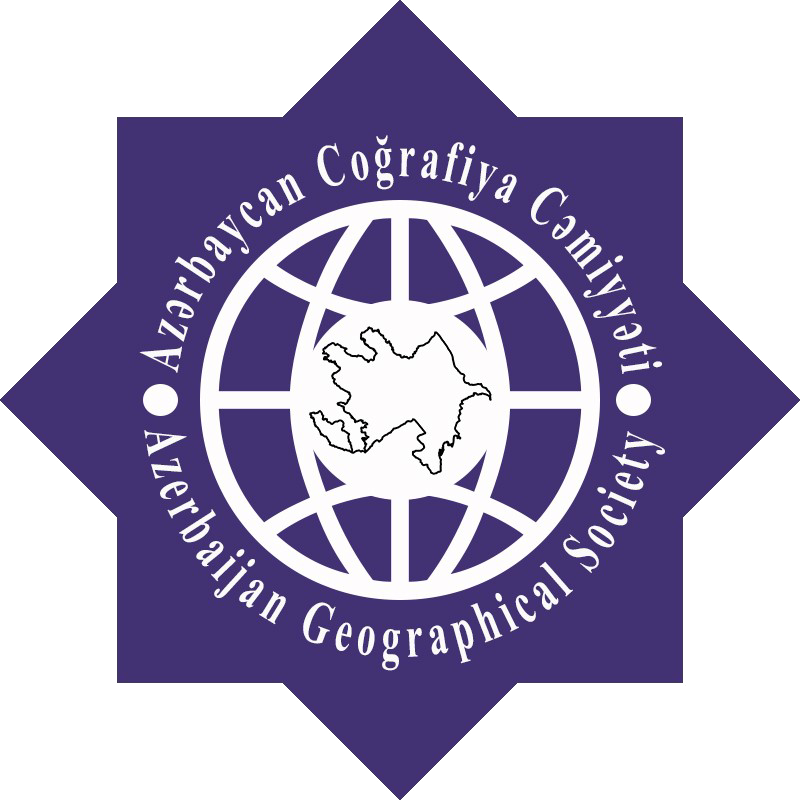ECOSYSTEMS OF LIBERATED FROM OCCUPATION KARABAKH AND ANALYSİS OF GEOGRAPHICAL NAMES
Sh.K.Azizov
Abstract. The article is devoted to the study of the existing risks for the ecosystem of the territories liberated from the occupation Karabakh. As a result of the victory achieved in Garabagh, the Azerbaijani people restored their historical rights, justice and international laws. Since the beginning of the 18th century, an aggressive policy of nationalism has been carried out against Azerbaijanis with the use of Armenians – this is creeping aggression, military aggression and cartographic toponymic aggression.
In the occupied territories, the Armenian invaders inflicted such monstrous and deep wounds on the environment, biological and landscape diversity that their partial recovery is possible only after many years. Conducting ecological terror (ecocide) in the occupied territories, the Armenians plundered nature reserves, reserves, fauna and flora, tried to destroy endemic, relict and endangered species.
During the occupation of Garabagh and the surrounding areas, dangerous risks arose for historical and geographical names of Azerbaijani-Turkic origin. Since the 30s of the twentieth century, Armenian nationalists began to en masse change (armenianize) the Turkic-Azerbaijani geographical names in the historical Azerbaijani lands (Western Azerbaijan, Garabag, etc.). As a result, more than 15,000 place names (macro, meso and microtoponyms) of Turkic etymology were subjected to toponymic genocide.
Keywords: aggressive policy, deportation, genocide, ethnic cleansing, ecological terror (ecocide), cartographic-toponymic aggression, armenization of geographical names (toponyms).
REFERENCES
- Ermənilərin Şimali Azərbaycan torpaqlarına köçürülməsi (Azərbaycan Dövlət Tarix Arxivinin sənədləri). Bakı, 2012. Sənəd №4, 7, 8, 18, 20, 21.
- Əzizov Ş.K. Azərbaycana qarşı kartoqrafik-toponimiya müharibəsinin tarixi-coğrafi aspektləri. // “Elm”q., №04 (1266), 29.01.2021, s.5.
- İslam Sadiq. Armenierin in Deutshland. Baku, 2009 (alman dilində).
- Азизов Ш.К., Шукюров К.К., Аббасова М.А. О топонимических и картографических аспектах переселения армян на Кавказ.// Вестник НАНА, том 2, №1, Март 2015. С.35-42.
- Алиев Д.А., Будагов Б.А. Турки, азербайджанцы, армяне: геноцид исторической правды. Баку: Изд-во «Азербайджан», 2003. 72 с.
- Аракелян Б.Н., Агаян Ц.П., Парсамян В.А. История армянского народа. Ереван, 1988.
- Армяно-русские отношения в первой трети XVIII века. Т.2, часть 1. Ереван, 1964.
- Атлас Нагорно-Карабахской республики, 2009. https://www.ebay.com/itm/Nagorno-Karabakh-Artsakh-Atlas-/363195185025.
- Будагов Б.А., Аббасова М.А., Азизов Ш.К. и др. О картографической агрессии на азербайджанские топонимы в Армении. // Известия НАНА, сер. Науки о Земле, №2, 2006. С.95-99.
- Вердиева Х., Гусейн-заде Р. «Родословная» армян и их миграция на Кавказ с Балкан. Баку: Елм, 2003, 168 с.
- Глинка С. Описание переселения армян Азербайджанских в пределы России. М., 1831.
- Грибоедов А.С. Записка о переселении армян из Персии в наши области. Соч. в 2 т., т.2. М.: Правда, 1971, с.339-341.
- Ислам Садыг, Периназ Садыглы. Возрождение идеи и создание армянского государства. // Ж. «Литературный Азербайджан», №11, 2020. С. 9-18.
- Мамедов Р.М., Азизов Ш.К. Топонимическая агрессия армян и как она разоблачается старинными картами. // “Coğrafiya və təbii resurslar”, Azərbaycan Coğrafiya Cəmiyyətinin əsərləri, №1 (13), 2021. С. 3-10.
- Свод статистических данных о населении Закавказского края, извлеченных из поименных списков. 1866 г. Тифлис, 1893.
- Шавров Н.Н. Новая угроза русскому делу в Закавказье: предстоящая распродажа Мугани инородцам. СПб., 1911 (репринт. изд.). Баку, 1990.
- Шопен И. Исторический памятник состояния Армянской области в эпоху её присоединения к Русской империи. СПб., 1852.
Publication Date: December 15, 2021
Download the article
